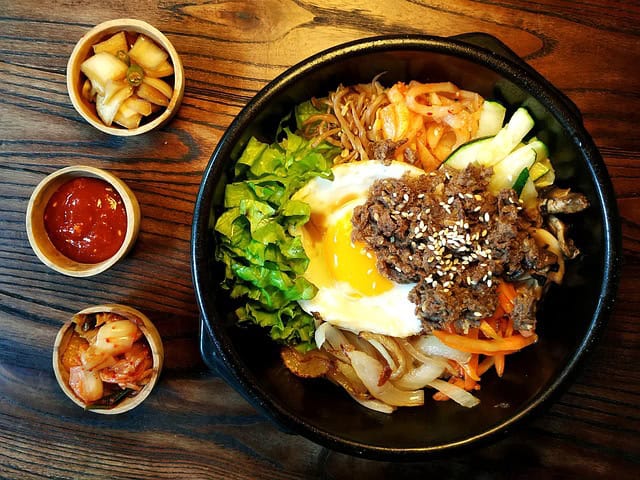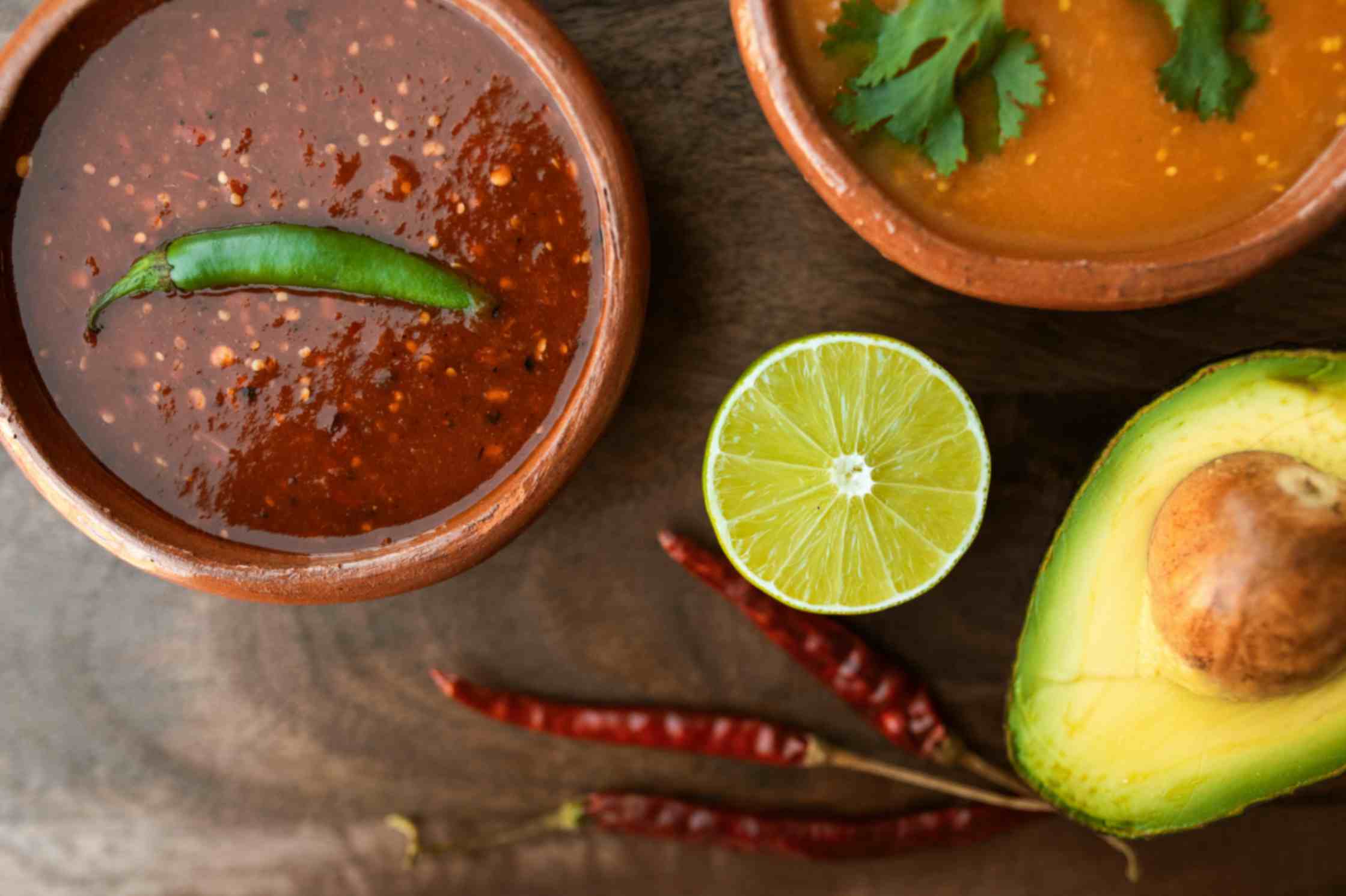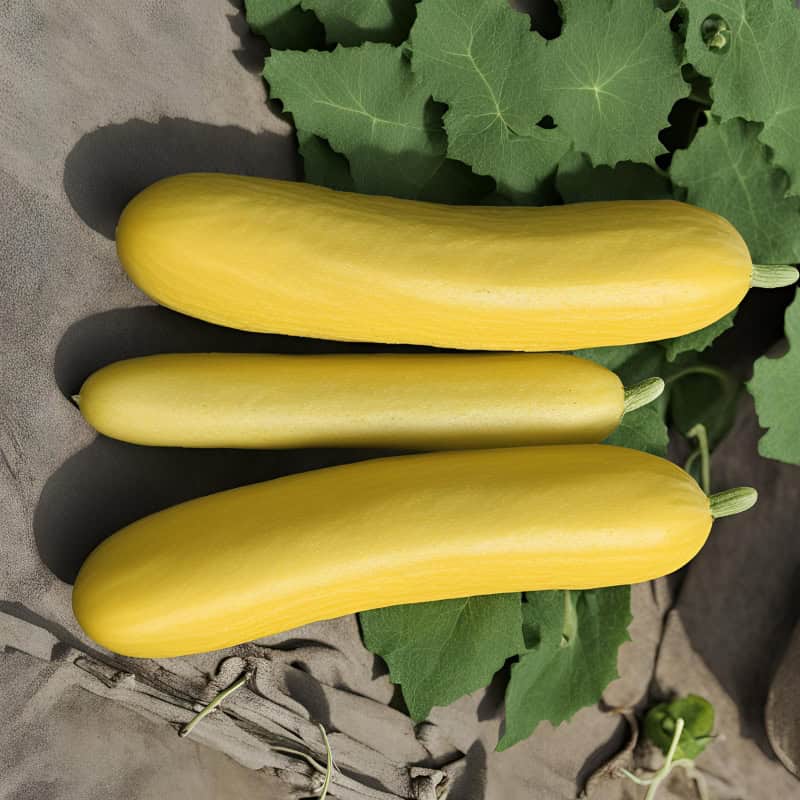In the quest for sustainable cooking, finding eco-friendly alternatives to traditional ingredients is key. Gochujang, a beloved Korean condiment known for its deep, complex flavor, is no exception. But what happens when you can’t find it, or you’re looking for a more sustainable option? Let’s dive into the world of gochujang alternatives that align with eco-friendly cooking practices.
What is Gochujang?
Gochujang is a spicy, sweet, and savory paste made from fermented soybeans, glutinous rice, chili peppers, and salt. It’s a staple in Korean cuisine, used in everything from marinades to soups and stews. Its unique flavor comes from the fermentation process, which can take years to complete.

Benefits of Sustainable Cooking
Sustainable cooking isn’t just a trend; it’s a necessary shift towards reducing our environmental impact. By choosing ingredients that are produced in eco-friendly ways, we can help conserve resources, reduce pollution, and support local economies. Sustainable cooking also often means healthier meals, as it encourages the use of organic, non-processed ingredients.
Gochujang Alternatives Ranked From Best to Worst
1. Homemade Gochujang Substitute Recipe
Creating your own gochujang substitute at home allows you to control the ingredients and their sources. A simple mix of miso paste, a sweetener like maple syrup, and a dash of chili powder can mimic gochujang’s flavor profile.
2. Ssamjang Paste
Ssamjang, another Korean condiment, combines gochujang with doenjang (fermented soybean paste), making it one of the great gochujang alternatives with a similar flavor but added depth.
3. Combine Gochugaru and Doenjang
Mixing gochugaru (Korean chili flakes) with doenjang offers a spicy, umami-rich paste that’s close to gochujang but with a fresher taste.
4. Mix Sambal Oelek with Maple Syrup
For a quick fix, combine sambal oelek (a chili paste) with maple syrup. This blend provides the heat and sweetness reminiscent of gochujang.
5. Chilli garlic sauce
This condiment while not fermented like gochujang can still provide a quick spicy kick to your recipes. It is also quite easy to make. All you need is a blend of garlic and chili peppers in a vinegar base.

What Not to Use as Gochujang Alternatives
While some substitutes can provide a similar kick certain substitutes may not capture that unique flavor of gochujang. Substitutes that are not exactly great to replace gochujang can be provided as follows:
1. Tomato paste
Although tomato paste does provide a great hint of thickness and sweetness it lacks that kick of spiciness and taste of gochujang. Using tomato paste as a substitute can highly alter the taste of the dish.
2. Hot sauce
While hot sauce can provide extra spiciness to your dish, it often lacks the depth of fermented gochujang. The flavor profile is also quite simple and may not provide the umami richness of gochujang.
3. Indian style curry paste
While curry paste can bring depth and spiciness it has a different flavor essence due to the various spices present. This can change the taste which does not go great with a Korean dish. For example, Cumin is a condiment that is not common in Korean recipes.
Benefits of using Gochujang Alternatives
Using alternatives for Gochujang can be a great way to save money while also getting the right flavor you’ve been looking for. Cost savings are also one of the main benefits when it comes to using sustainable gochujang alternatives. By experimenting with different combinations, you can also discover a flavor that works best for your palate and provides flexibility in your daily recipes.

Sustainability Factors to Consider
When choosing gochujang alternatives, consider the sustainability of each ingredient. Look for organic, locally sourced options to minimize your carbon footprint. Also, consider the packaging—glass jars or recyclable materials are preferable.
Recipes for Sustainable Dishes
Incorporating gochujang alternatives into your cooking is easy. Try them in marinades for tofu or vegetables, in dressings for salads, or even in your favorite Korean dishes like bibimbap or kimchi stew.
Conclusion
Exploring gochujang alternatives opens up a world of sustainable cooking possibilities. Whether you’re vegan, eco-conscious, or simply out of gochujang, there’s an alternative that can fit your needs. Embrace the spirit of experimentation and discover the joy of cooking with eco-friendly spices.
FAQs
Is gochujang vegan?
Traditional gochujang is vegan, but some commercial versions may include non-vegan ingredients. Always check the label.
Can I find gochujang substitutes in a regular grocery store?
Yes, many substitutes like miso paste and sambal oelek are available in well-stocked grocery stores or Asian markets.
What are some common uses of gochujang in Korean cuisine?
Gochujang is versatile, used in marinades, soups, stews, and as a condiment for adding depth and heat to dishes.
How does the flavor of gochujang compare to its substitutes?
While substitutes can mimic the heat and umami of gochujang, its unique fermented flavor is hard to replicate exactly. Experiment to find what works best for your taste.










